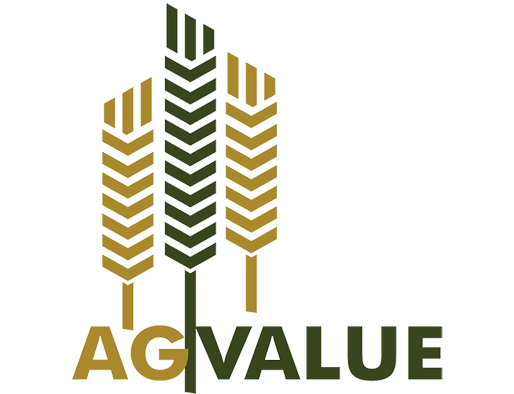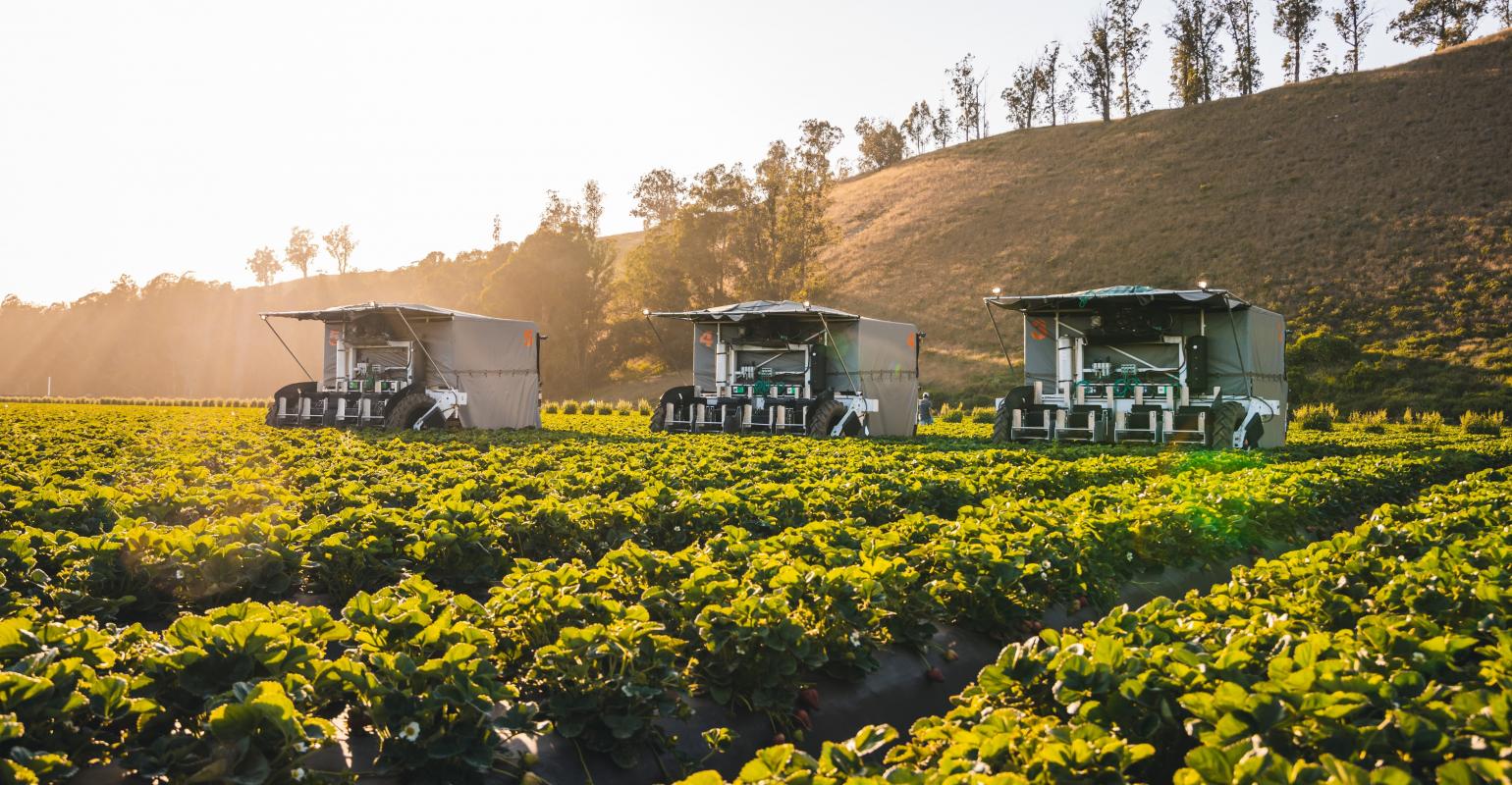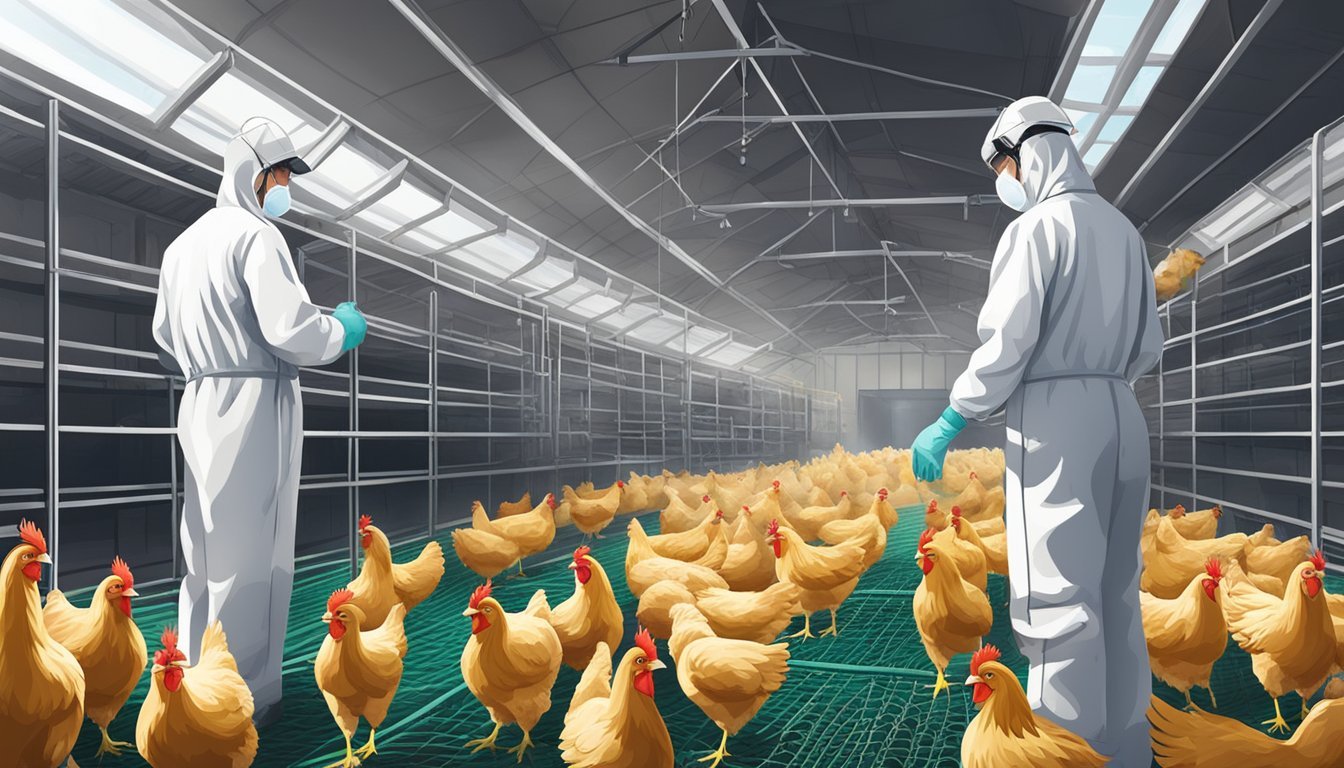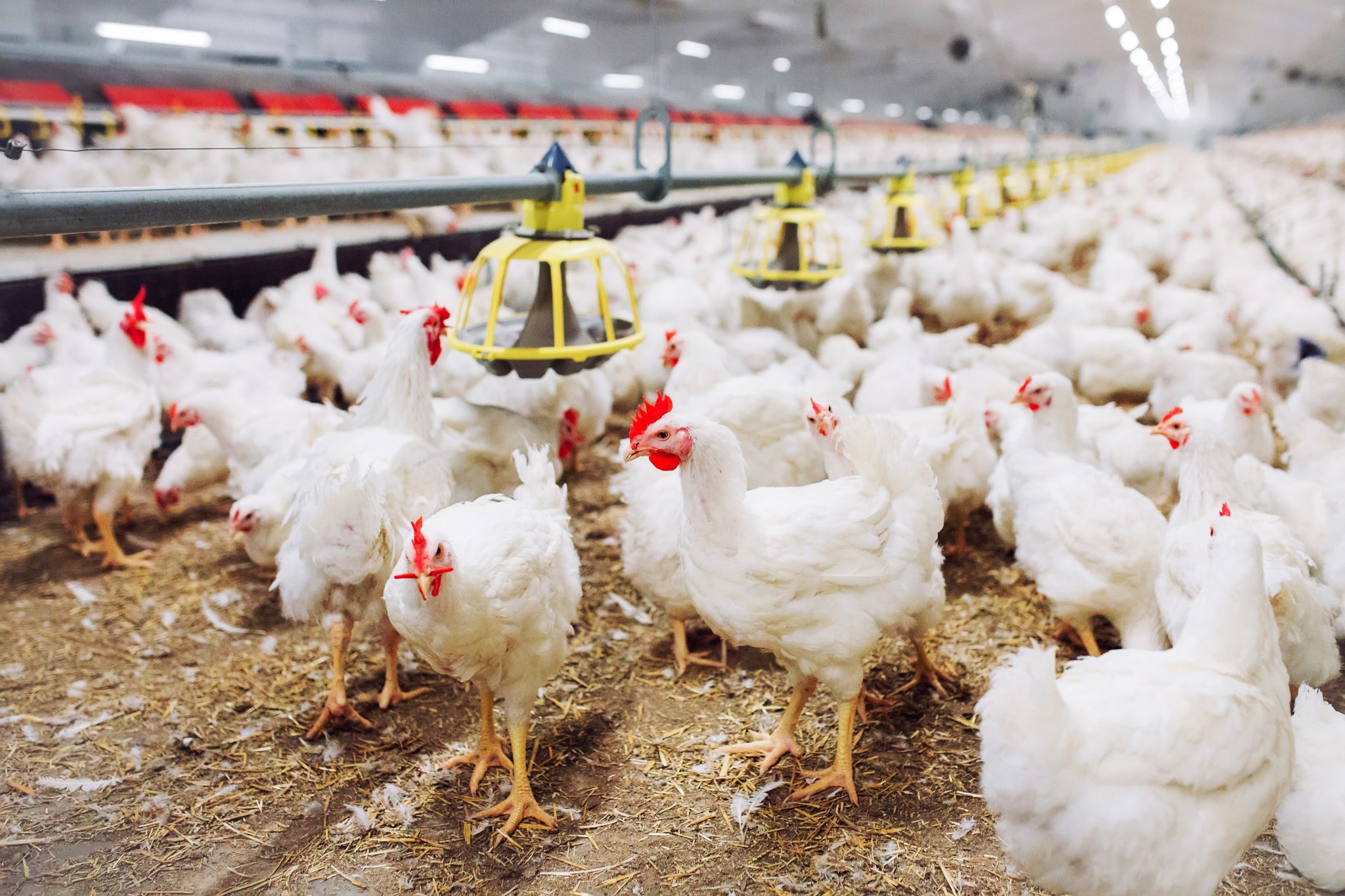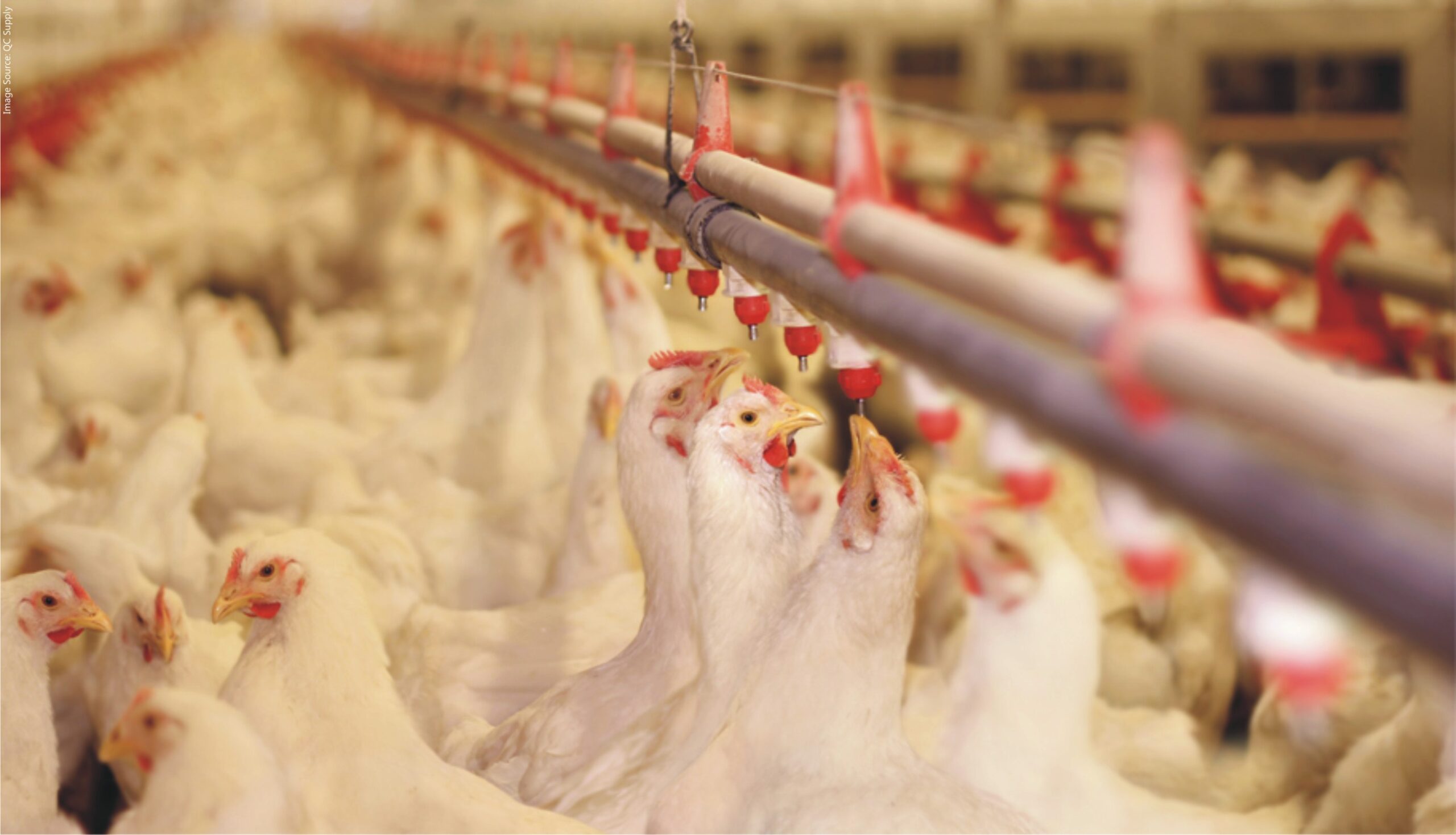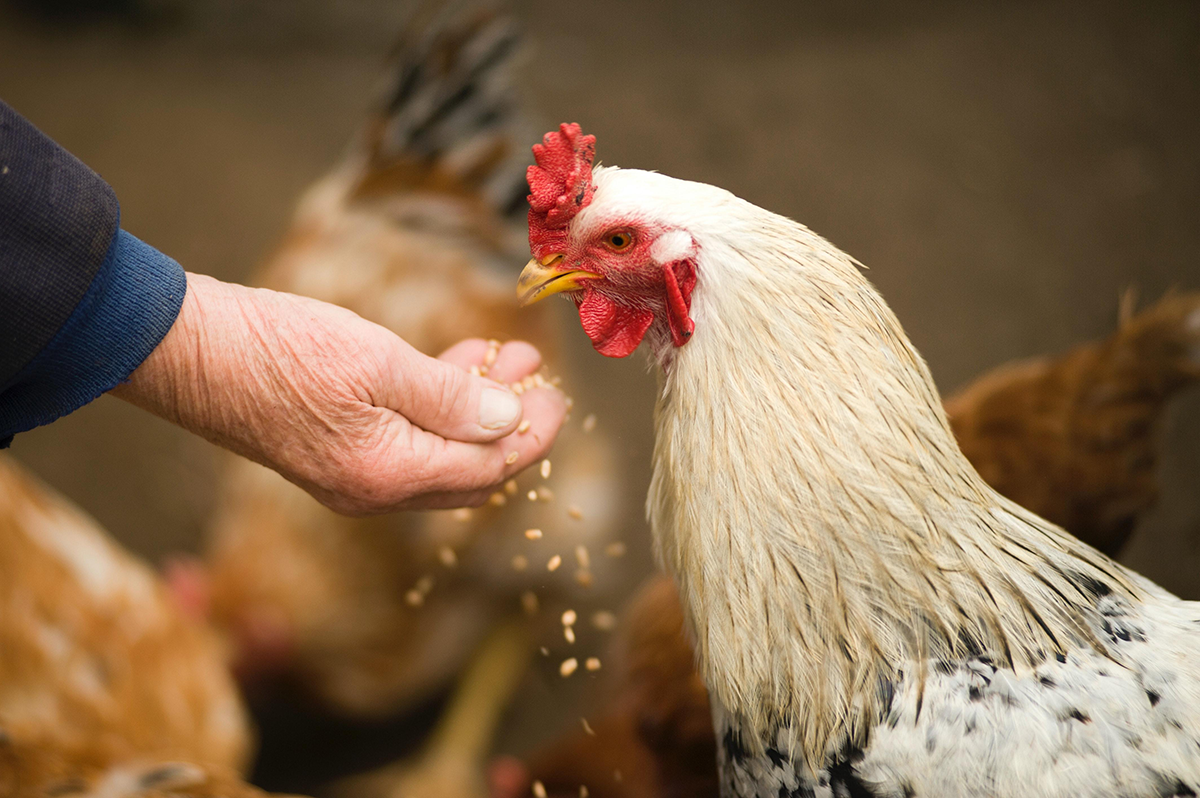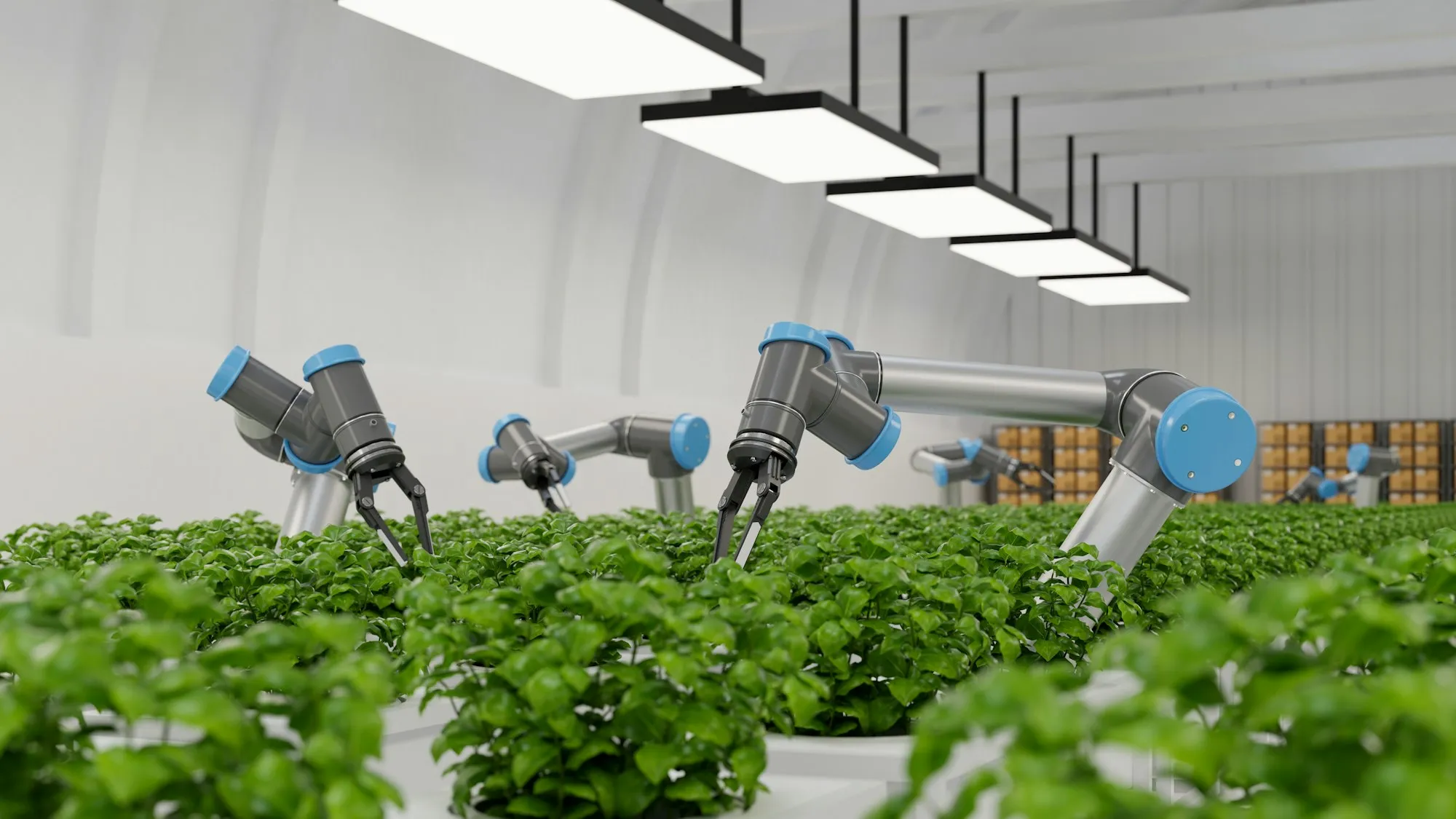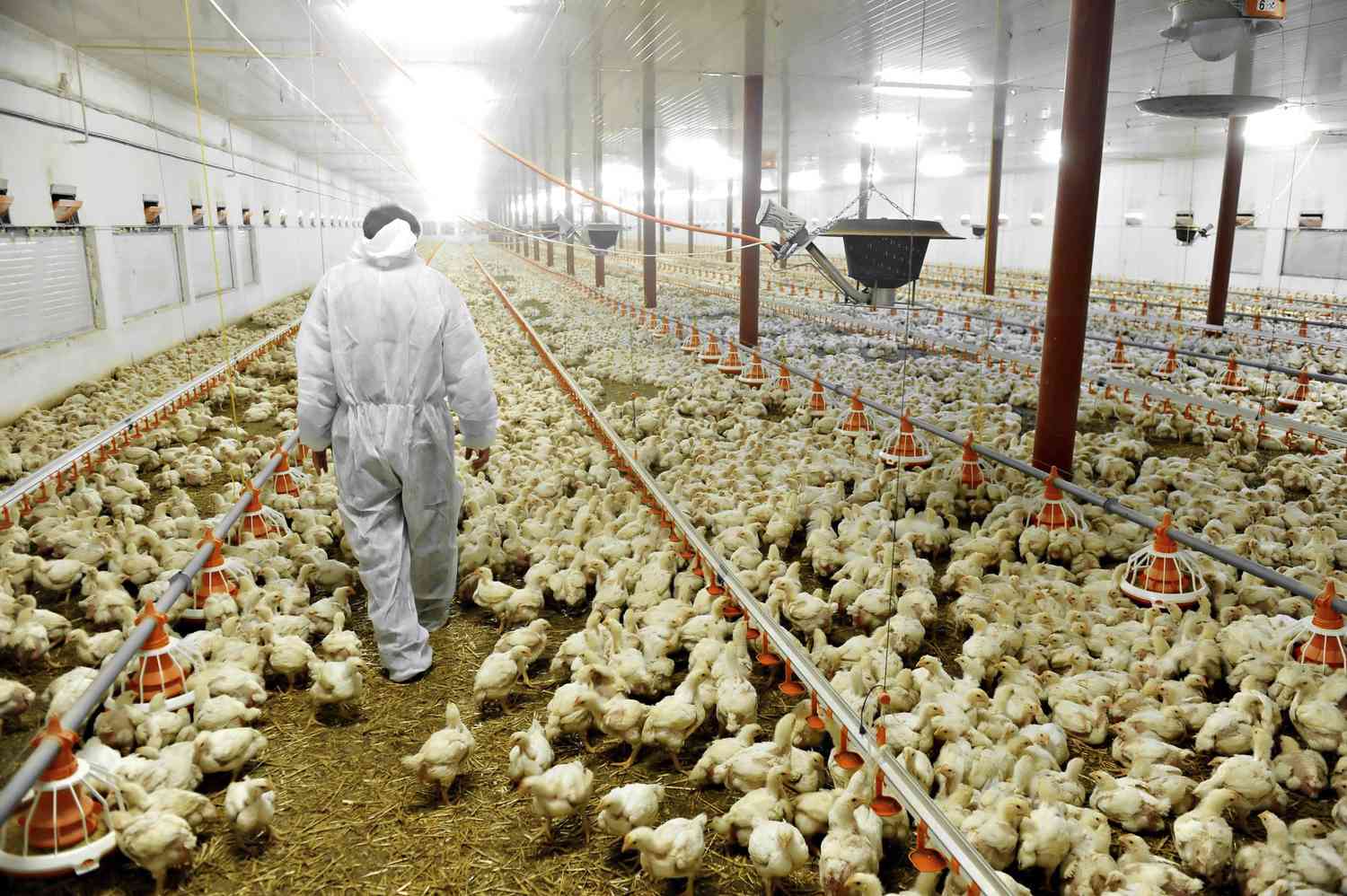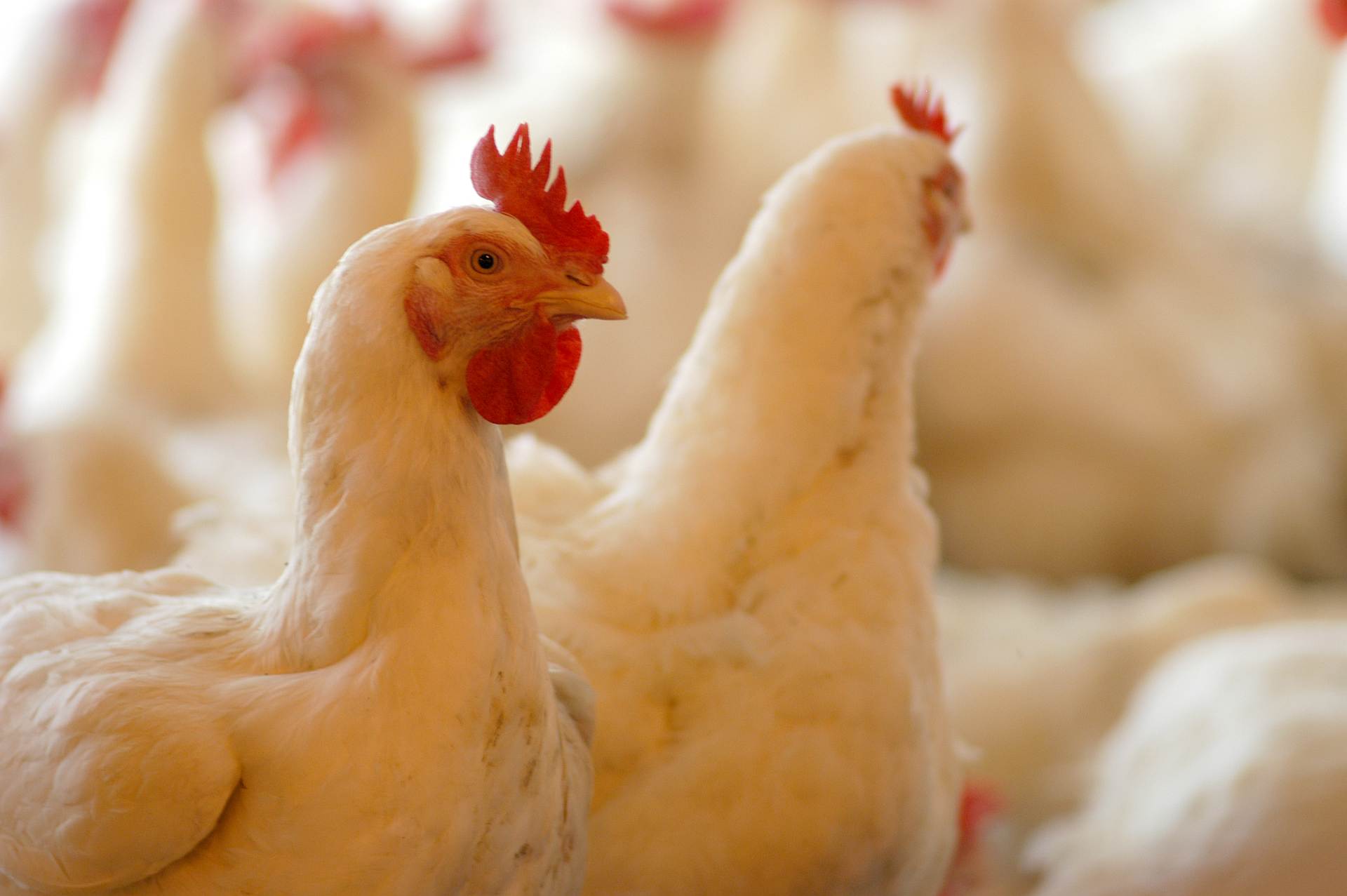Yearning for higher farm productivity? Discover how automated systems can revolutionize your yields and market competitiveness in just 7 steps.
Continue readingImproving Farm Production With Automated Systems
Yearning for higher farm productivity? Discover how automated systems can revolutionize your yields and market competitiveness in just 7 steps.
Continue readingBiosecurity Measures for Poultry Health
Keeping poultry healthy through biosecurity measures is key to safeguarding global food chains, rural economies, and human health; discover why.
Continue reading5 Biosecurity Strategies for Poultry Farms
Crack the code of biosecurity with our top five strategies, promising a healthier, more productive poultry farm.
Continue readingRevolutionizing Farm Production With Automated Systems
Farm production undergoes a tech revolution with automated systems, enhancing efficiency, decision-making, and productivity – discover the future of agritech.
Continue reading5 Tips for Optimizing Poultry Feed Efficiency Today
Journey through 5 key strategies to enhance poultry feed efficiency today; a small peek into a world of healthier, more productive poultry farming.
Continue readingImproving Farm Production With Automated Systems
Learn how automated systems can revolutionize your farm production, simultaneously boosting yield and conservation – the future of farming awaits!
Continue readingEnhancing Poultry Health With Biosecurity Measures
Find out how biosecurity measures can safeguard your poultry's health and boost your farm's productivity.
Continue readingMeasures for Poultry Health
Secure your poultry's health with these top three biosecurity measures – vaccination, nutrition, and sanitation – details inside!
Continue readingBio-Farm Security for Poultry Farms
Glean insights from experts on top biosecurity strategies for poultry farms; discover more to safeguard your livestock and optimize productivity.
Continue reading